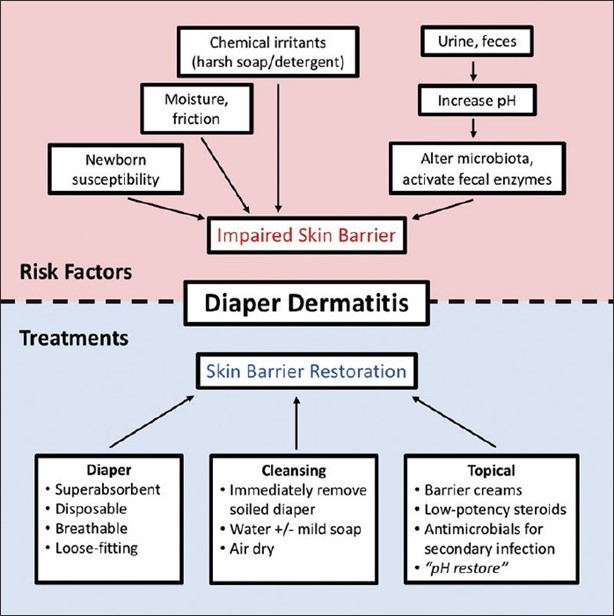When the nurse enters the room of a male client who was admitted for a fractured femur, his cardiac monitor displays a normal sinus rhythm (NSR), but he has no spontaneous respirations and his carotid pulse is not palpable. Which intervention should the nurse implement?
Observe for swelling at the fracture site.
Analyze the cardiac rhythm in another lead.
Obtain a 12-lead electrocardiogram.
Begin chest compressions at 100/minute.
The Correct Answer is D
The correct answer is choice D: Begin chest compressions at 100/minute.
Choice A rationale:
Observing for swelling at the fracture site is not immediately relevant in this emergency situation. The priority is to address the lack of pulse and respiration.
Choice B rationale:
Analyzing the cardiac rhythm in another lead is unnecessary when the patient has no pulse and is not breathing. Immediate life-saving measures are required.
Choice C rationale:
Obtaining a 12-lead electrocardiogram is not the priority in this scenario. The patient needs immediate resuscitation efforts.
Choice D rationale:
Beginning chest compressions at 100/minute is the correct intervention. The absence of a carotid pulse and spontaneous respirations indicates cardiac arrest, and chest compressions are essential to maintain circulation and oxygenation until further help arrives.
Nursing Test Bank
Naxlex Comprehensive Predictor Exams
Related Questions
Correct Answer is D
Explanation
A) This can be done if initial non-pharmacological interventions do not relieve symptoms, but it is not the first step.
B) Monitoring blood pressure is important, but it is secondary to removing the stimulus causing the dysreflexia.
C) Incorrect- While education is important for long-term management, the client is currently experiencing symptoms that need immediate attention. The priority is to assess and address the current symptoms.
D) The client is likely experiencing autonomic dysreflexia, characterized by a sudden and severe increase in blood pressure, flushing, headache, and other symptoms triggered by a noxious stimulus below the level of injury. The first step in managing autonomic dysreflexia is to identify and eliminate the triggering stimulus. For clients with a Foley catheter, a common cause of autonomic dysreflexia is bladder distention due to a kinked or obstructed catheter. Relieving any kinks or obstructions in the Foley tubing can immediately alleviate the symptoms.
Correct Answer is A
Explanation
The excoriated and red skin in the diaper area suggests the presence of diaper dermatitis, which is commonly caused by prolonged exposure to moisture and irritants such as urine and feces. Changing the diaper more frequently helps to minimize the exposure to these irritants and promotes better skin hygiene.
Asking the mother to decrease the infant's intake of fruits for 24 hours is not necessary unless there is evidence of diarrhea or specific dietary concerns. Fruits are generally a healthy part of an infant's diet and do not directly cause diaper dermatitis.
Encouraging the mother to apply lotion with each diaper change may not be recommended in this case, as lotions and creams can further trap moisture and exacerbate the condition. It is best to keep the area clean and dry.
Telling the mother to cleanse with soap and water at each diaper change may be too harsh for the infant's sensitive skin. Plain water or mild, fragrance-free wipes are typically sufficient for cleaning the diaper area. Soap can be drying and irritating to the skin, so it is generally not necessary unless there is a specific indication.

Whether you are a student looking to ace your exams or a practicing nurse seeking to enhance your expertise , our nursing education contents will empower you with the confidence and competence to make a difference in the lives of patients and become a respected leader in the healthcare field.
Visit Naxlex, invest in your future and unlock endless possibilities with our unparalleled nursing education contents today
Report Wrong Answer on the Current Question
Do you disagree with the answer? If yes, what is your expected answer? Explain.
Kindly be descriptive with the issue you are facing.
